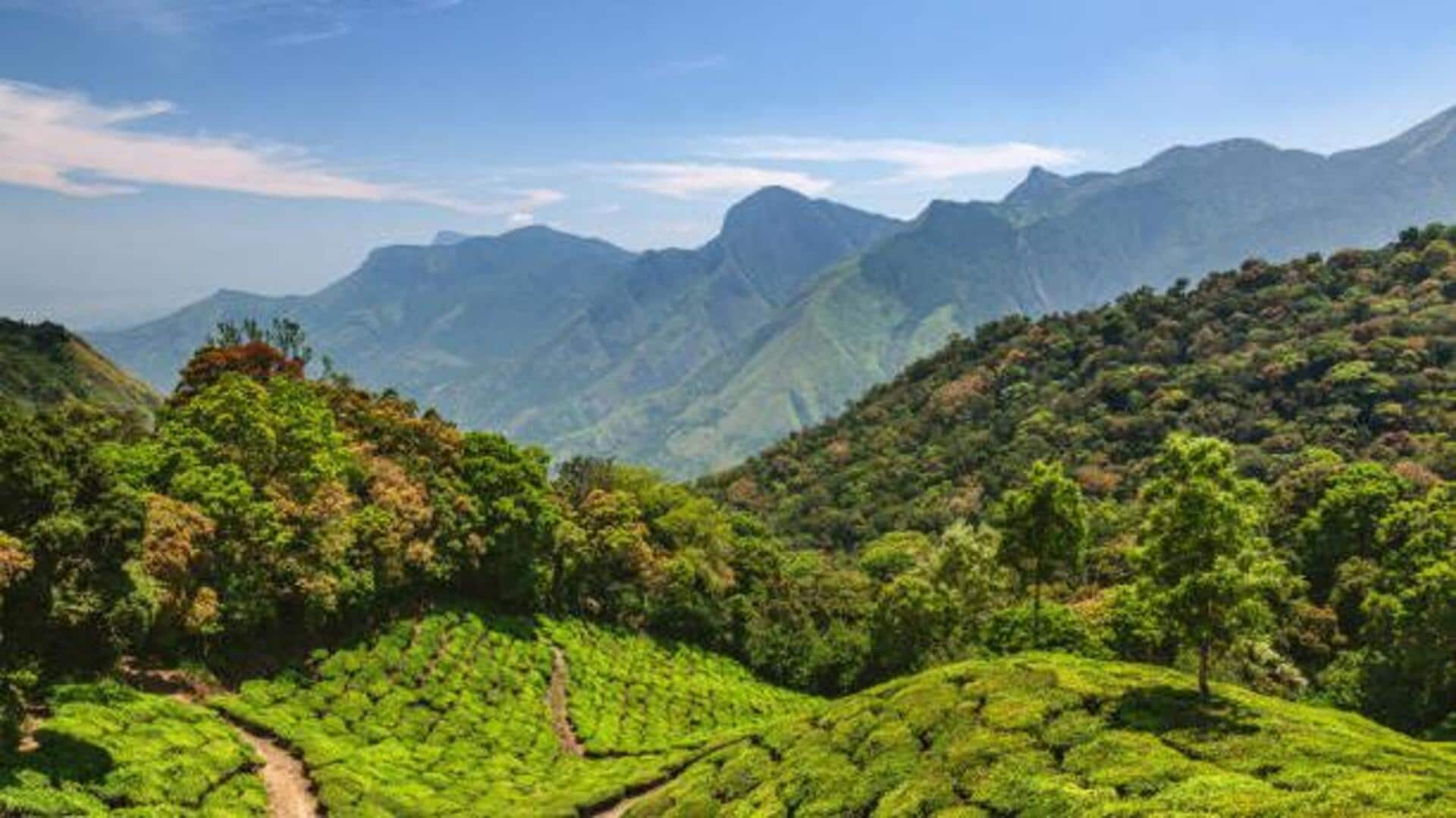
5 must-visit biodiversity hotspots in India
What's the story
Blessed with a rich tapestry of biodiversity, India gives eco-travelers an opportunity to explore some of the world's most unique ecosystems. From lush forests to vibrant coral reefs, these hotspots are brimming with diverse flora and fauna. From nature lovers to conservationists, here are some of India's top biodiversity hotspots that promise an unforgettable experience to all.
#1
Western Ghats: A UNESCO World Heritage Site
The Western Ghats span more than 1,600 kilometers along India's western coast. The mountain range is one of the world's eight "hottest hotspots" of biological diversity. It is home to over 7,000 flowering plants, 139 mammal species, and many more birds. The region's distinctive climate gives rise to several habitats from tropical rainforests to montane grasslands.
#2
Sundarbans: The largest mangrove forest
The Sundarbans, which is the largest mangrove forest in the world, stretches through India and Bangladesh. It is the habitat of the iconic Bengal tiger, along with other wildlife such as spotted deer and saltwater crocodiles. The complex network of tidal waterways also makes it an amazing spot for eco-tourism activities such as boat safaris and bird watching.
#3
Andaman Islands: Coral reefs & marine life
The Andaman Islands have some of the most pristine beaches and coral reefs ideal for those who enjoy snorkeling and diving. These islands are home to rich marine biodiversity with 200+ coral species and a variety of fishes. The surrounding waters are also frequented by sea turtles, dolphins, and dugongs, making it a heaven for marine life lovers.
#4
Kaziranga National Park: Home to one-horned rhinos
Assam's Kaziranga National Park is renowned for its large population of one-horned rhinoceroses. The park covers approximately 430 sqkm and serves as a refuge for elephants, wild water buffaloes, swamp deer, tigers, and leopards. Its diverse ecosystems, from grasslands to tropical forests, support a variety of wildlife populations.
#5
Silent Valley National Park: Pristine wilderness
Offering untouched wilderness, Kerala's Silent Valley National Park, with its dense evergreen forests, is largely untouched by human activity owing to strict conservation efforts since its establishment in 1984. The park not only provides habitat for endangered species such as lion-tailed macaques but also houses several endemic plant varieties found nowhere else on earth.